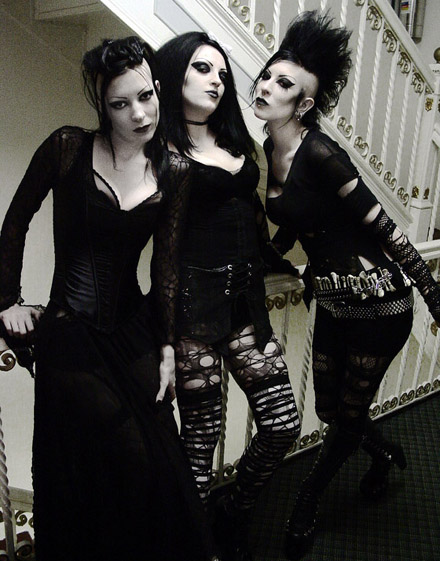what are subcultures?
Subcultres are groups who are united through common values, systems and tastes. These are split up into specific groups such as clothes, music politics etc. They tend to go against popular mainstream culture. As hebdige suggests, subcultures create their own smaller culture and do not conform with the majority of people and rebel against common values and systems.Some subcultures are based on general stereotypes such as skinheads being white, bald, white males.
Some cultures are:
- Bikers

- Punks

- Rockers
- Skinheads

- Hippies
- Goths

Subcultures are a large part of the music industry in which they grow out of mainstream genres such as Rock. The 'Rock' genre is favoured by the punk subculture as they can relate to the type of music by who they are and how the represent themselves. Subcultures play a significant role in music and shouldn't be ignored as they have a unique nature and they offer a different perspective in the music industry.
Subcultures are generally categories in several points
Conformity and rebellion
They do not like conformity, they prefer to rebel against common values and systems.
Attitude to capitalism and consumerism
They don’t follow capitalism, they follow their own set of rules and behaviour conduct put in place.
Tend to be consumerist however, consume goods which tend to be relevant to their lifestyles.
Tribal/gang rivalry with other groups in society.
Stereotype of disliking certain groups of people/races.
Traditional ideas or stereotype
True subculture followers, do not take upon ideas of stereotypes.
Music Interest
Niche, depends solely on the subculture group. For example, Rockers subculture will listen to rock music.
What did McCracken say?
· Mainstream cultures and subcultures just go to show that the post-modern world is full of diversity
· Looking at the different values and ideologies of subcultures, we are unable to say they all come from one culture.
The Birmingham School
It assumes that all subcultures come from one subculture and is the result of reaction and rejection to the mainstream culture.
What did Hebdige say?
Subcultures are groups which form a resistance against the mainstream culture. Hebdige believes that if you resist then it becomes a culture.
Popular music – social background can lead to different readings of the same song. People are not part of one mass culture.
Subcultures and historical times in relation to music
Many people of modern day argue that cultural music taste all depend on the historical time and structure of social economic and political change. For example, rock may have been very popular in the early 90’s but nowadays we can all say the likes of pop, hip-hi, rap have taken over to form a more mainstream cultural genre.
In the 1950's Rock and Rollers and beatniks were the main subcultures in society. In the 1960's surfers, rude-boys, mods, hippies and bikers had emerged. In the 1970's there had been skinheads, soul boys, rastas, glow rockers, funkers and punks. In the 1980's heavy metal, goths and the hip hop culture.. The 1990's and beyond can be described as not following a distinct culture.
The industry and target audience.
The music industry finds shows such as the X Factor to recruit future stars. This is the development process, where stars are created to meet the audience’s needs and desires. The audience are also given a choice of who they like and what they choose to consume as they are giving the powers to vote off certain ‘’potential stars’’. The music industry will then change and implement the stars star image then promote and market the winners to the audience in hope to make money from them. A good example of this is JLS as they were formed together as the industry knew they’d make it big and look at them now.
 Then
Then Now
Now
Current day in relation to Dyer’s theory
Richard Dyer believes in order to become a star, you will first need to become a commodity, someone that people want to buy. Stars represent a shared cultural attitudes and values. They will promote that to the audience and if liked the audience will then feel attached and apart of the star. This is when the rise to stardom slowly begins as fans will often imitate stars performance, behavior and style in order to get closer to them.
Stars are represent 'shared cultural values' and attitudes and will promote a certain ideology. Fans who agree that a set of values will support the star. Fans will then imitate stars in an aspirational effort to get 'closer' to the glamorous, fantasy lifestyle they appear to have - this may take the form of 'dressing up', imitating performances, adopting behaviour etc.
The audiences play a very important with the music industry. For one, they are the sole reason why artists become mainstream/known or even make any revenue from their music.
The audience determine what artists are relevant by the songs the make and how well they connect with them which is out of the industries control.
Conclusion
In my music video I would be aiming to target popular mainstream culture and not a particular sub-culture. This is because targeting a sub-culture would limit the success of my music video and it would not appeal to a wider audience. I would want my music video to be viewed by a larger audience rather than a limited audience.
No comments:
Post a Comment